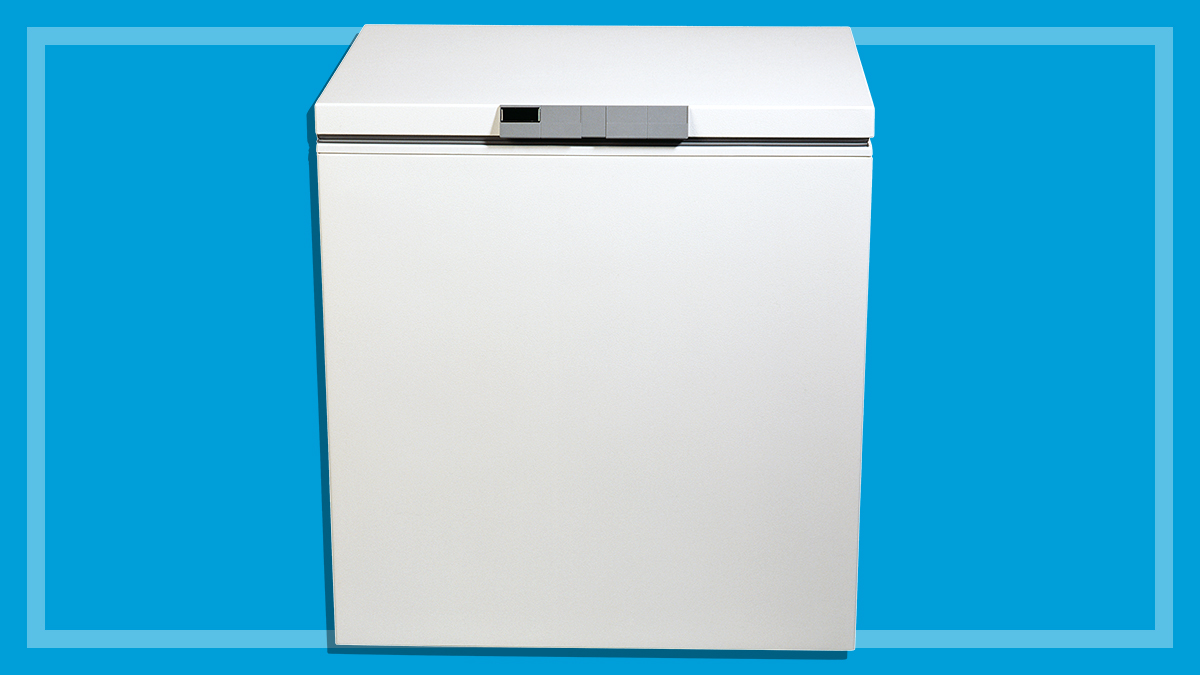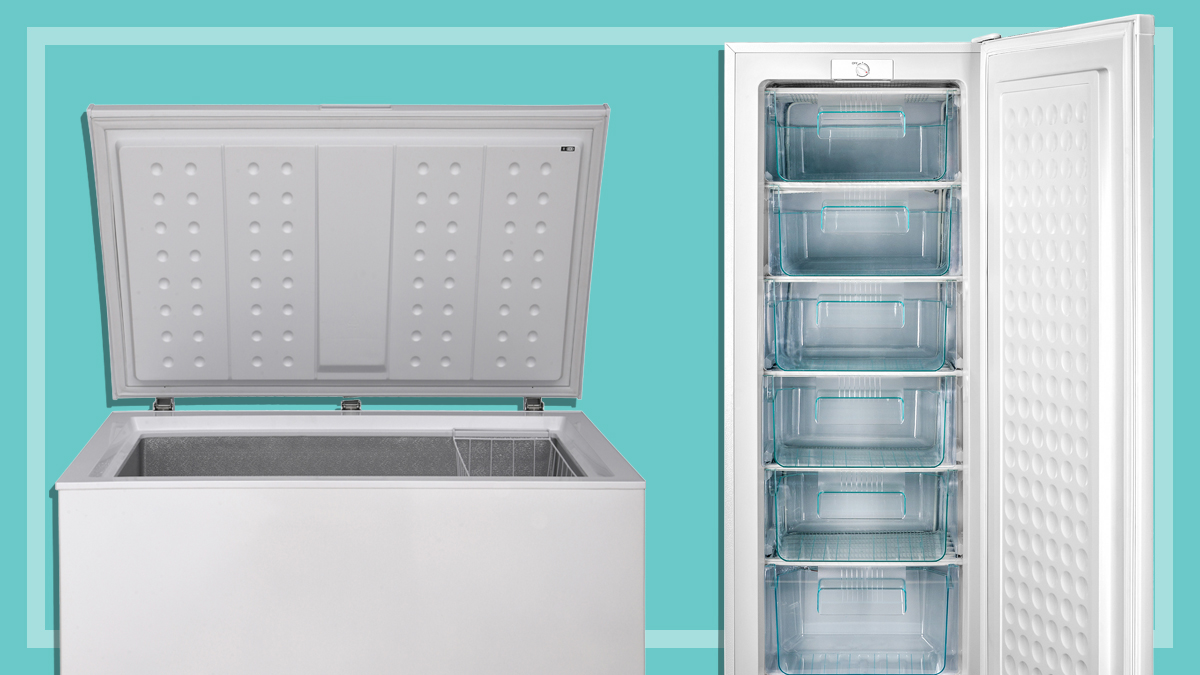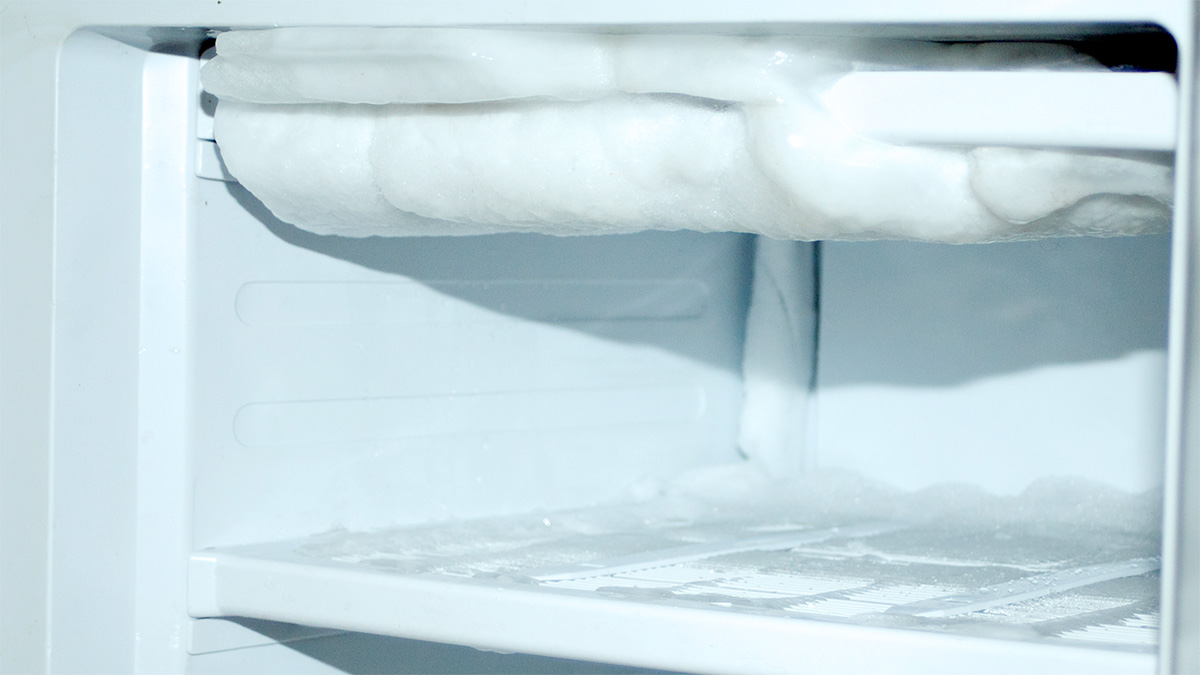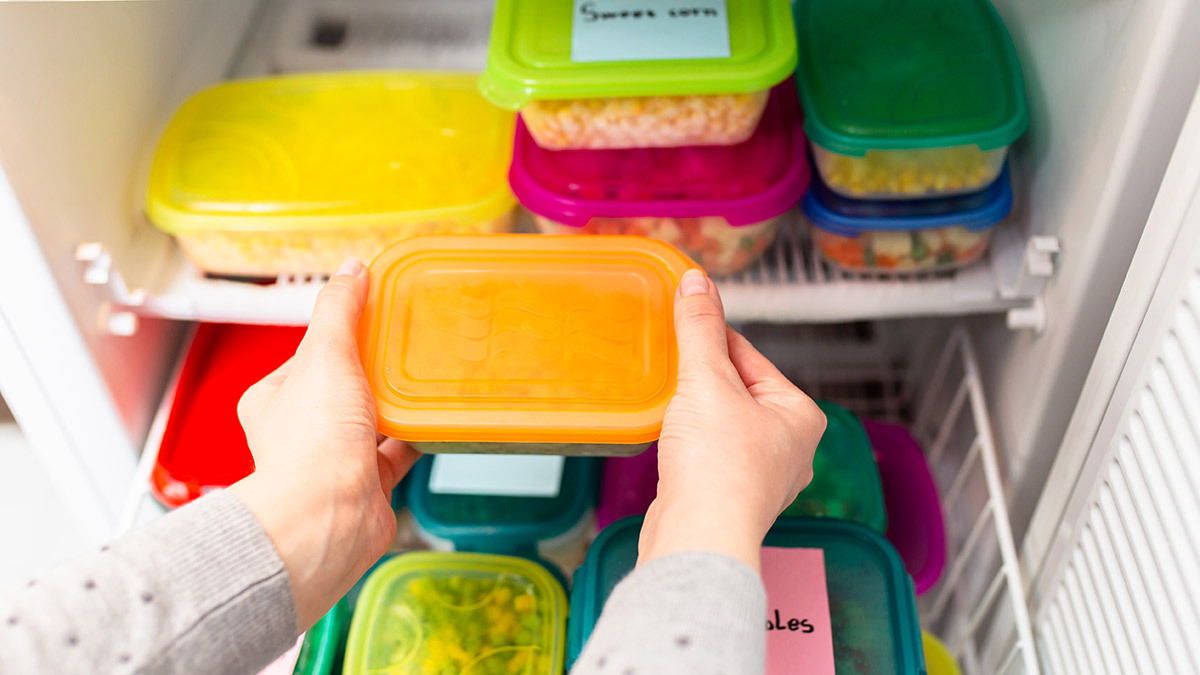Get our independent lab tests, expert reviews and honest advice.
How we test freezers
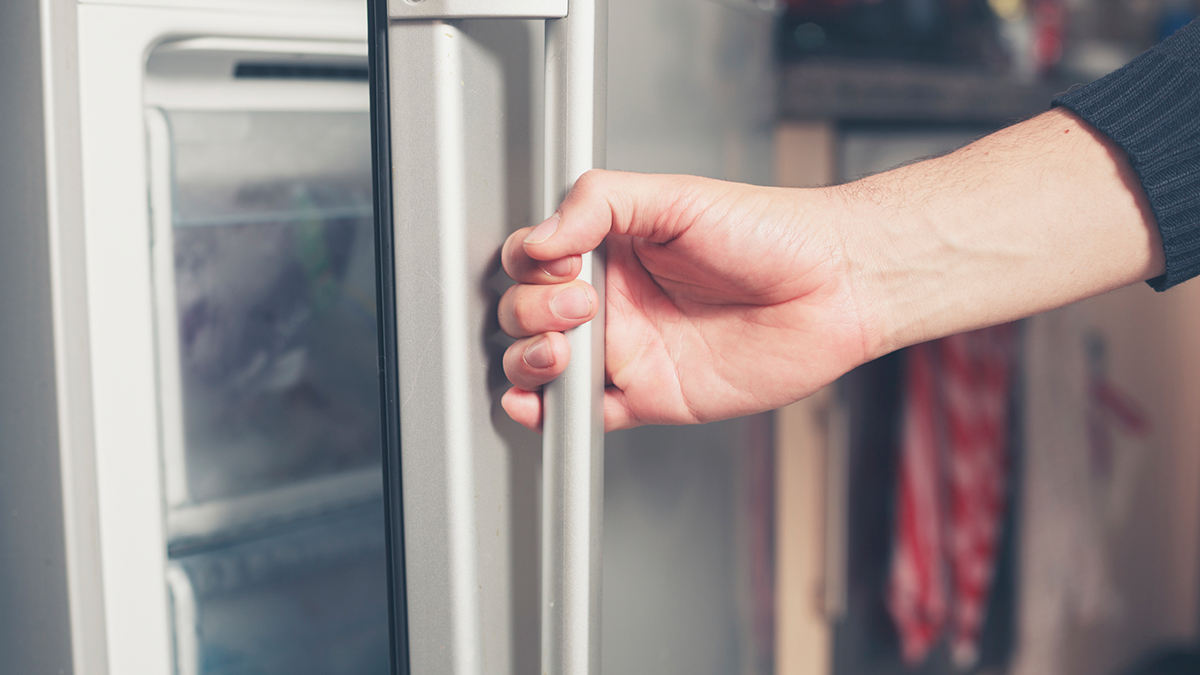
Most of us (or at least those born after the 1940s) probably take our freezers for granted. It seems a simple function, freezing things. But then, most things seem simple when viewed from a distance.
On this page:
- Our expert testers
- How does CHOICE choose which freezers to test?
- How often does CHOICE test freezers?
- How does CHOICE test freezers?
- Test criteria explained
- Our test lab
What happens inside your freezer when you live in a cold area, or a hot area? What happens when you put your leftovers in? Does it mean they suddenly drop into an unsafe temperature zone for hours at a time? What happens when your compressor switches on? Does it mean there’s a sudden spike in temperature?
When you start to look closely at freezers, they really are about keeping us safe from food poisoning (never a fun experience). And when your freezer doesn’t work well, it means you can’t trust your food. We test rigorously to make sure that freezers do well in every aspect of their performance. It’s a long test, but it’s a safety test so it’s worth putting in the time to get it right.
Our expert testers
With more than 30 years’ combined experience in our thermal laboratory, our expert testers are an asset we’re very proud of. They’ve seen all types of features and freezers come through the labs, but one thing never changes – a freezer needs to keep your food cold and safe!
We test many elements of a freezer, but our focus on these basics means that when it’s time to buy, you can be sure the freezer you bring home does its job well.
On top of this, many of our testers sit on Standards committees – both national and international – so we keep up to date with how labs and manufacturers are changing the standards and to give consumers a voice in this forum, where sometimes only government and industry are represented.
How does CHOICE choose which freezers to test?
Why do we choose one freezer over another to test? There are a number of reasons, but our priority is to test what you’ll see in stores. That means we generally focus on the big brand models so you can at least see the freezer before you buy it to make sure you’re happy with it. We also need to cover both upright and chest freezers, which roughly divide the market share between them.
How do we know what’s in retailers? We check current market figures to see what’s selling well – typically this means Westinghouse, Fisher & Paykel, Haier and Hisense. We’ll also include models that you’ve requested – if a lot of members want it, we’re going to test it.
Our buyers then go out and use your member fees to buy the freezers from a variety of retailers and bring them in as-is – this means we get what you’d get, so we can be sure the results are exactly what you’ll find in shops, rather than being based on models sent to us by manufacturers.
How often does CHOICE test freezers?
Along with fridges, the freezers test is one of the longest tests CHOICE performs. Though it’s such a simple device (we just want it to freeze things!), the thermal properties take time to measure. We tend to test every year or so, and do these in batches of six freezers at a time.
We’re always looking for ways to improve testing and send out surveys to our members to find out what’s important to them on a regular basis. Unsurprisingly, most people just want a freezer to keep food safe; the other major question they have is “Should I get an upright or chest freezer?”
How does CHOICE test freezers?
Setting up freezers for testing is a long and arduous process. We use platinum resistance thermocouples and set lots of them consistently throughout each freezer in a variety of areas, so we measure not just one area inside your freezer, but each compartment and shelf so you know where your freezer is warmer and cooler than normal.
We replicate these areas according to the Australian Standard AS/NZS 4474.2. Why? Because if you want to compare freezers fairly, you have to use the same conditions for all of them.
We use platinum resistance thermocouples and set lots of them consistently throughout each freezer in a variety of areas
We put each of the freezers into a large thermal room so we can drop the temperature down to 5°C, or move it up to 45°C if we need to. The thermal rooms are sealed and the freezers run for up to four weeks to test a variety of elements that you tell us are important to you.
This is all to minimise the amount of variables so you can see which freezer comes out best when comparing them. Where we can, we use the Australian Standard, and then add further tests to meet real-world needs.
Energy efficiency testing explained
We test the manufacturer energy usage claim to the Australia Standard. This test assesses the comparative energy consumption – that’s the number on the energy label on the front of the freezer – and gives an indication of the amount of electricity used over one year of normal operation.
Where the manufacturer claim is not met, we mark this with a fail, or a pass if it meets its claim or uses less than it claims. Where a freezer doesn’t meet its claim, we don’t recommend it, regardless of the performance.
We base the running costs off the claimed energy usage. The running cost is calculated from the energy used over 10 years, using a rate of 40 cents per kilowatt hour. Why 40 cents? Each year we survey each energy retailer for their average prices to get a national average. A 10-year period provides a useful indication of the long-term differences between high and low energy usage.
Test criteria explained
The CHOICE Expert Rating, our overall score that determines which products we recommend, is made up of:
- temperature performance score (55%)
- warm-up score (30%)
- cool-down score (15%).
Weightings are listed in brackets.
Temperature performance
Response to outside temperature (40%)
We measure the effect on the freezer temperature when the external temperature changes, such as from summer to winter. The higher the score, the more stable the freezer temperature is maintained.
Temperature stability (30%)
We assess the amount the temperatures swing as the compressor stops and starts (because even temperature is an important factor in maintaining food quality). The higher the score, the less the temperature swing.
Temperature evenness (15%)
We measure how uniform the temperature is throughout each compartment. The higher the score, the more uniform it is, and the less fluctuation there is throughout compartments.
Heat load processing (10%)
We measure how efficiently the freezer cools a warm (32°C) load placed inside, the mass of which is determined by the size of the freezer as defined by the Australian Standard.
Recommended setting (5%)
Many readers tell us they only change the temperature setting once, so we assess the temperatures on this setting. If no recommendation is given, we assess the factory or mid-setting. A poor score for this means you should use a fridge/freezer thermometer to get optimum temperatures – but we recommend you do this for any freezer.
Warm-up
This is a test of the freezer’s insulation, giving an indication of how it would perform in a power failure. They’re switched off in an ambient temperature of 32°C. The test starts when the freezer temperature is -15°C and ends at -5°C – the longer it takes, the better the insulation. It’s a comparative test and the actual times will be longer with food in the freezer.
Cool down
This looks at how long it takes to cool the air in an empty freezer, from switching on to -13°C in a very warm ambient temperature-controlled room. This is a comparative rating indicating which freezers have more ‘oomph’. The actual times taken don’t directly relate to real-life food cool-down times when there are already frozen items in the freezer.
Other criteria – not scored
Noise levels
Freezers, particularly frost-free ones, make a combination of noises that some people may find annoying. More noise is produced when the compressor starts up and also during the defrost cycle.
Some models have an external fan system to help keep the compressor cool, which can add to the noise level. Also, plastics inside the freezer can make loud noises as they expand and contract with temperature changes. The layout of your house and the freezer’s location will affect what you’ll hear.
Our test tells you which models are noisier during normal running, but some of these more unusual noises can be more noticeable with models that are quieter during normal running. We don’t score noise because it’s such a subjective experience based on your environment.
Our test lab
We maintain a NATA-accredited thermal lab that’s up to date with the latest reference machines and calibrated measurement tools so that we can bring you results you can count on.

